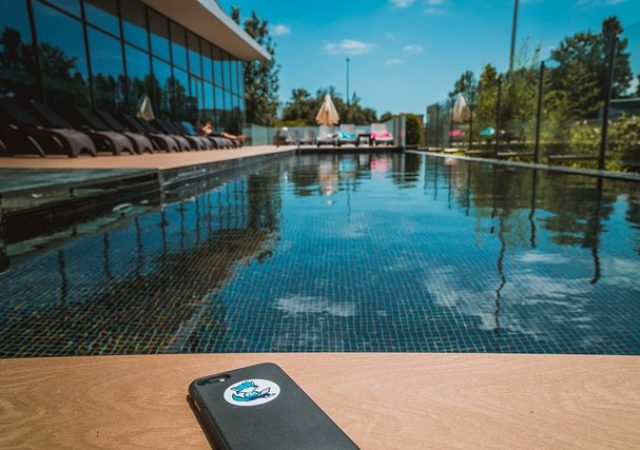Digital Overload is becoming a growing concern for people as excessive use of technology directly affects mental and physical health. People are increasingly finding themselves overwhelmed by daily tasks that require them to engage with technology non-stop. Digital detoxing, or taking a break from technology, has gained a lot of popularity as a way to combat these negative effects. In this article, we explore the benefits of digital detoxing, provide tips for a successful detox, offer alternatives to using technology, and predict the future of digital detoxing.
The Science of Digital Addiction
Technology is designed to be addictive. Whether it’s notifications, likes, or constant communication, technology keeps us glued to our screens. This obsession with technology has many negative effects on the brain. Studies have shown that prolonged usage of digital devices can lead to anxiety, depression, and disrupted sleep patterns. Research also shows that social media use can impact self-esteem, causing people to engage in anxious or depressive behavior.
Disconnecting from technology can be difficult, primarily when it feels like tech is necessary for life to happen. Our lifestyles are so intertwined with technology that we often find ourselves lonely, bored, or anxious when we disconnect.
Benefits of Digital Detoxing
Digital detoxing can have numerous benefits for physical and mental health. In the short term, a digital detox can reduce physical tension, lower blood pressure, improve sleep patterns and provide a break to the eyes from constant screen glare. In the long term, regular digital detox can lead to decreased anxiety levels, improved memory and cognitive function, and reduced stress levels.
Disconnecting from technology also makes us more accessible to our physical environment and the people around us. Without our devices competing for our attention, we become more present-minded, making communication more meaningful, relationships more profound, and memories richer.
Strategies for a Successful Digital Detox
Before going cold turkey, it’s essential to prepare a well-crafted digital detox plan. Start by listing your goals and set boundaries for the type of technology you want to avoid. Unplugging from technology also means setting clear boundaries about the amount of technology you want to consume during and after the detox.
One way to enforce these boundaries is by removing any tech distractions such as smartphones, tablets, and laptops. Letting friends, family, and colleagues know that you’re taking a digital detox will keep them from trying to contact you through social media or email. Replacing bad tech habits with healthy ones, such as exercise, reading or meditating, also helps anchor the digital detox plan.
Alternatives to Using Technology
Detoxing from technology provides an excellent opportunity to engage with other activities that enhance mental, physical and emotional health. Consider swapping out technology habits for some mindfulness practices that help manage stress and anxiety. Getting outdoors or taking up a new hobby such as cooking, gardening, or painting, can give your mind an outlet and rekindle creativity.
Mindfulness practices are another great way to replace technology and build a mental balance in our lives. Yoga, meditation or mindful breathing exercises help regulate our nervous system, reduce stress and improve neuroplasticity.
The Future of Digital Detoxing
Many of today’s technology companies offer mindfulness and digital wellness features to combat digital addiction. Features like app timers, Do Not Disturb, and Screen Time support users in reducing the number of hours they spend on their devices.
As the conversation continues, the future of digital detox is likely to focus on creating more tech-free spaces, breaking tech addiction and promoting a more balanced lifestyle. Activism around the healthy use of technology has shown that cultivating digital detox habits can help prevent depression, anxiety attacks and balance our mental states.
Conclusion
Digital detoxing is an excellent way to combat digital overload and maintain a more balanced lifestyle. Effective detox planning, building healthy alternatives to technology, and creating mindful practices can form the foundation for a life enriched by digital wellness. By prioritizing mindfulness, mental health, and healthy digital habits, we can pave the way to a future where technology supports, rather than controls our lives.





